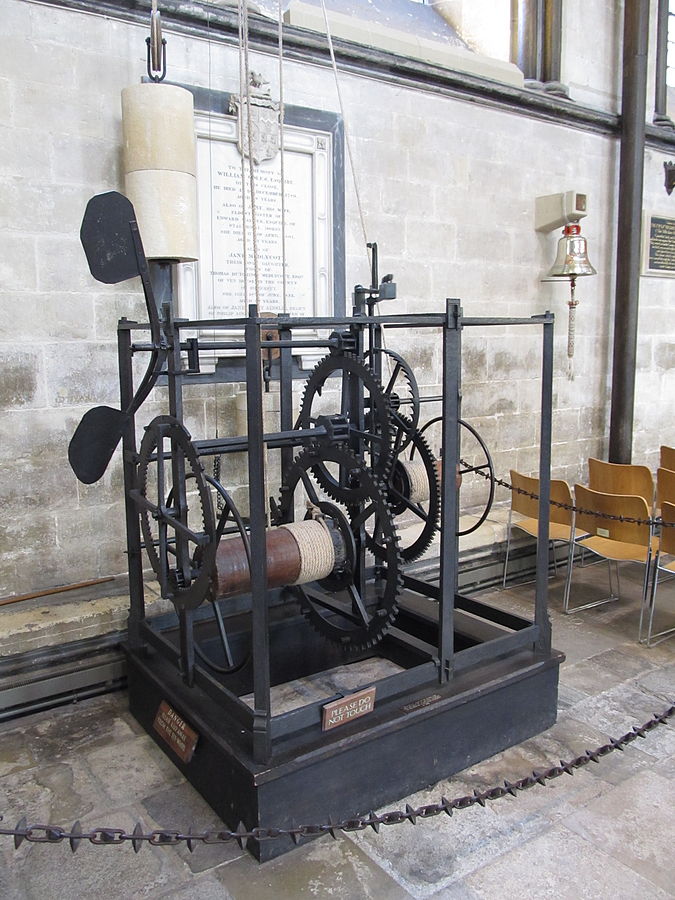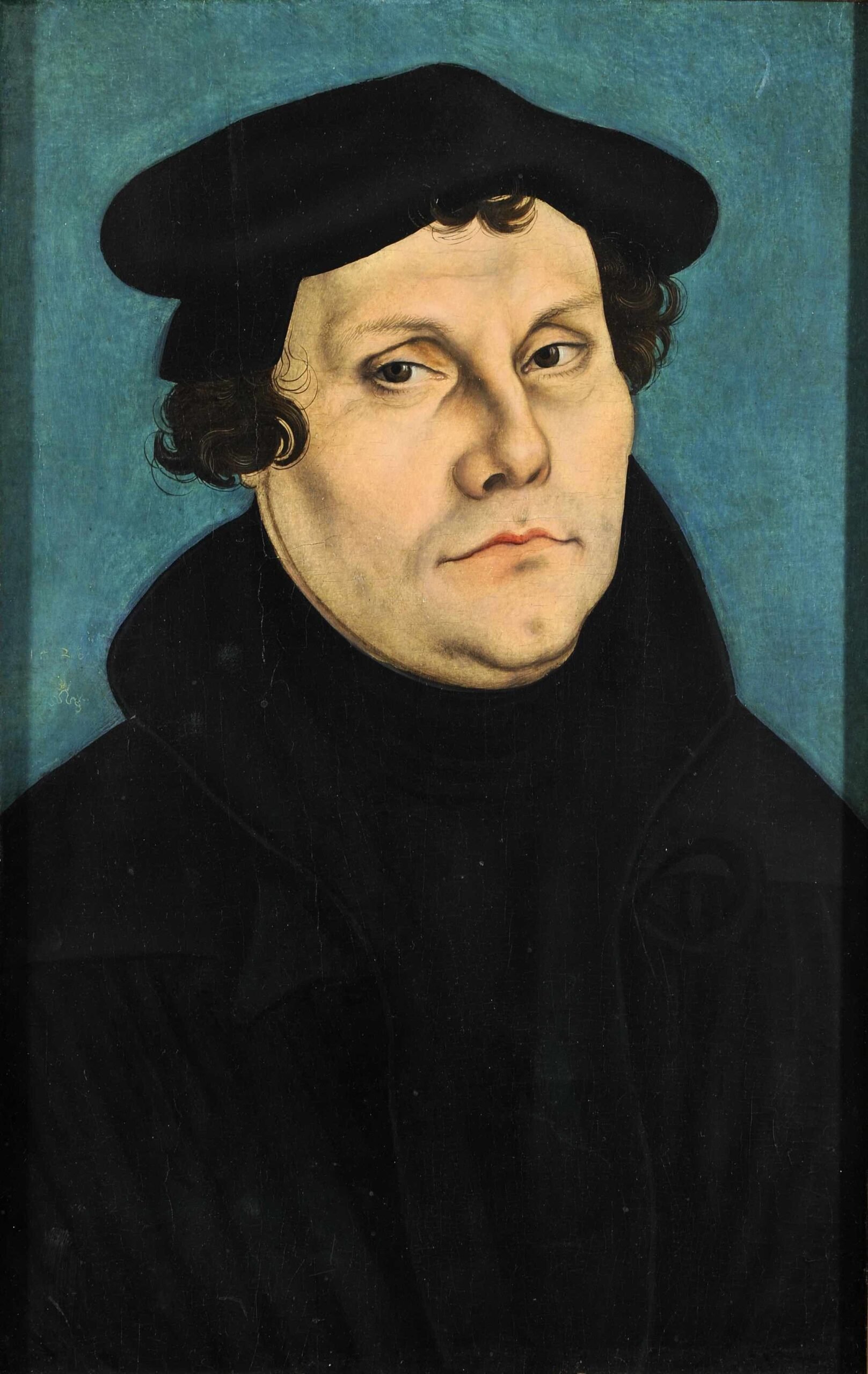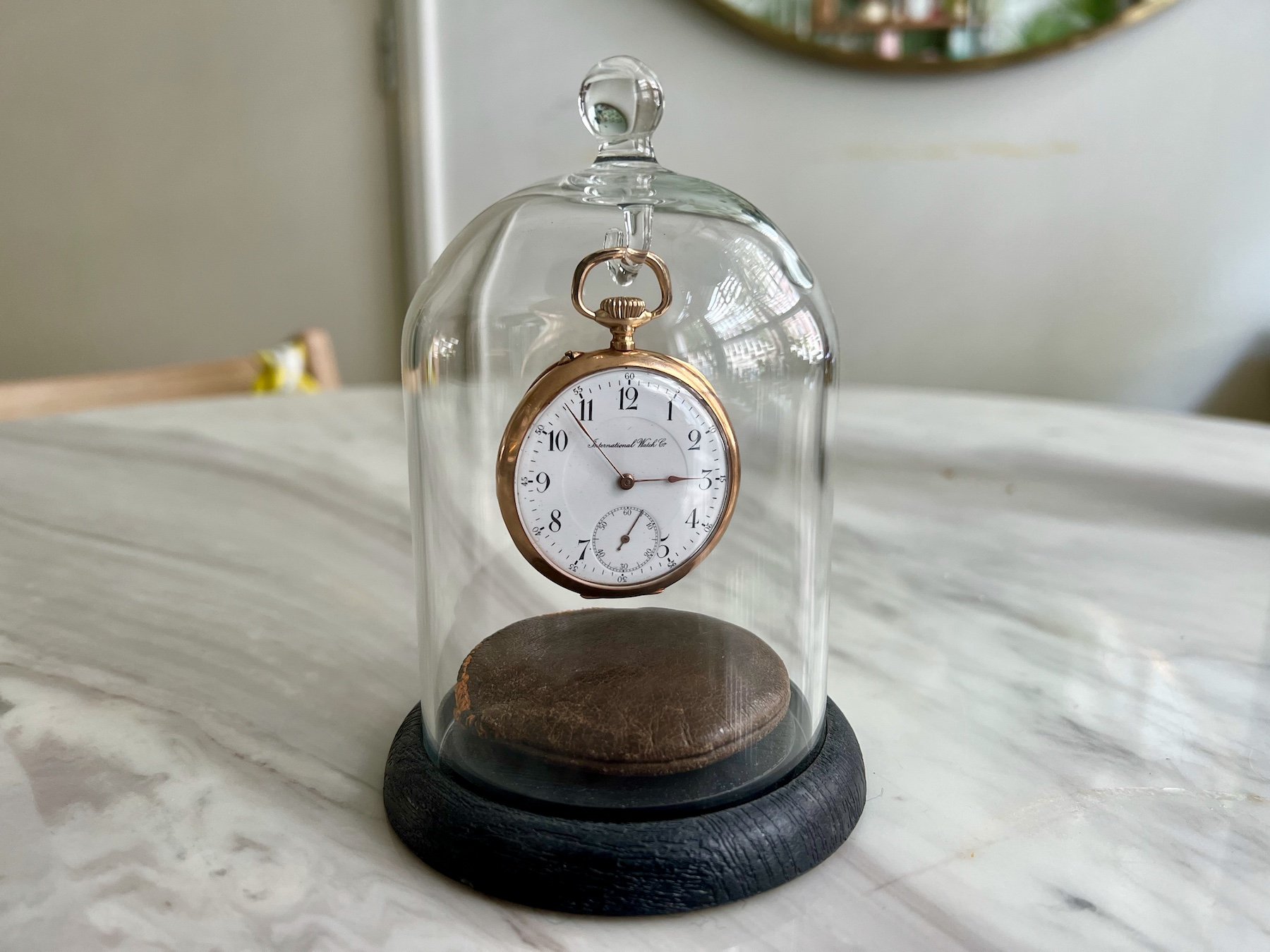Why Is Switzerland The Watchmaking Center Of The World?
Switzerland is often considered the cradle of watchmaking. The “Swiss Made” label has become a seal of quality, and the vast majority of high-end watch brands are Swiss. But how come? How has this one European nation become so dominant? What made Swiss soil so fertile for the budding watch industry?
On the road to answering this question, we come across tales of refuge, religion, and a distaste for the ornate. And as is so often the case, it is a matter of serendipity. Let’s get into it!

The clock of Salisbury Cathedral. Dating back to 1386, it is possibly the oldest clock still working today. — Image: The Vintage News
The first mechanical clocks
We should probably start this story with the very first mechanical clocks. Of course, time-telling devices like sundials and water clocks existed long before. The first known sundial dates back to 1500 BCE Egypt. It was not until the 13th century CE that mechanical clocks would emerge. The first examples are believed to come from the region between southern Germany and northern Italy. Now guess where Switzerland is…
During the final decades of the 13th century, the first so-called tower clocks were developed. These used heavy weights as their source of power. They did not feature a dial or hands but instead sounded out the time by striking bells. The large weights made it impossible to miniaturize these clocks into anything remotely portable.
It would take until the 16th century before portable clocks emerged. It was the invention of the mainspring that enabled this development. In contrast to hanging weights, a mainspring would work on a small scale. The evidence is murky, but it seems reasonable to believe Peter Henlein made the first working portable clocks in Nuremberg, Germany. This must have been sometime between 1505 and the 1530s, but hard evidence is lacking. The French were not far behind. Clockmaking, then, was dominated by Germany and France at this time.
Early watchmaking developments outside of Switzerland
Portable clocks became all the rage among high society in the second half of the 16th century. They were, however, anything but practical. The regulating mechanism was susceptible to vibrations and wildly inaccurate. It would take until 1675 for my compatriot Christiaan Huygens to develop a balance-wheel-based regulating organ. This opened the door for further miniaturization that would eventually lead to the pocket watch.
I would be remiss not to mention the English watchmaking tradition. Huygens built upon the 1659 invention of the balance spring by Robert Hooke. Thomas Tompion and George Graham continued innovations of the escapement in the early 1700s, and Thomas Mudge eventually turned the mechanism into its lasting form, the lever escapement, by the 1750s. However, British watchmaking fell into decline in the 1800s as the US and Switzerland were quicker to embrace mass production processes.
We could move forward from here to Abraham Louis Breguet, for instance. But to discover why Switzerland has become dominant, we need to go a little further back in time. We have to jump back to the early 16th century.
The Reformation
For the next chapter of our story we move to Wittenberg, Germany. It is here that Martin Luther nailed his 95 theses to the Wittenberg Castle church’s door in 1517.
Luther’s action sparked the Reformation across Europe. It triggered a long series of bloody revolutions, wars, and conflicts. The new Protestants were persecuted in many Catholic countries, including Germany and France. French clockmakers and jewelers alike were predominantly Protestants, or so-called Huguenots. Like their German colleagues, they faced persecution and fled the country.
Switzerland had already cemented its reputation for remaining neutral during times of conflict. Thus, it became the destination of choice, a haven for Protestant gold and silversmiths, jewelers, and clockmakers. They first flooded Geneva and later settled in the Vallée de Joux and Neuchâtel. But their mere arrival did not yet secure Switzerland’s future domination of the watch world.
John Calvin in Switzerland
John Calvin studied law in Paris in the late 1520s when he came into contact with reform-minded thinkers. As a Roman Catholic, it took Calvin until the early 1530s to renounce the Catholic church. In 1533, he had to flee from Paris, having been implicated in opposing the church. In the following years, he moved around while writing his influential Institutes of the Christian Religion. Calvin himself had become a key figure in the reformation.
When he wanted to move to Strasbourg, a war between Francis I and Charles V forced him to take a detour through Geneva. His plan was to spend just one night, but things turned out rather differently. Local reformer William Farrel asked Calvin to stay and support the cause. He agreed and spent years as a lecturer and preacher. He wrote many treatises and commentaries, strongly influencing Swiss society in the process.
Calvin’s influence on watchmaking in Switzerland
Calvin preached austerity and modesty. Displays of wealth or joy were banned. The form of Christianity he championed did not allow for dancing, dressing exuberantly, or, crucially, wearing jewelry.
French and German jewelers and smiths turned to clockmaking under Calvin’s influence. Clocks, after all, were functional and not considered opulent. Within the span of a few decades, there was a large-scale influx of diverse craftspeople who then turned their focus to watchmaking en masse. There was now an extreme concentration of knowledge and skill in a relatively small geographical area. An industry was born.
At the same time, the exodus left France and Germany depleted of such artisans. England and the US were yet to enter the watchmaking industry in any serious form, as we touched upon earlier. Switzerland was now uniquely outfitted to be the world’s dominant watch capital.
Serendipity
As you can clearly see, it was a series of tiny odds that led to something hugely influential. What if Calvin had never met Farrel? And what if the French and German Protestants had not fled at all or had chosen to flee elsewhere?
But they didn’t, and it all led to Switzerland becoming the number one watchmaking country in the world. Today, Switzerland produces an estimated 2.5% of all watches globally. China and Hong Kong produce more watches in numbers. However, a massive 95% of all watches over US$1,000 are produced in Switzerland. In value, then, the Swiss reign supreme. And with the industry growing year over year, my guess is that the Swiss will remain at the top for the foreseeable future.
You can find and follow me on Instagram: @time_travelers_journal





